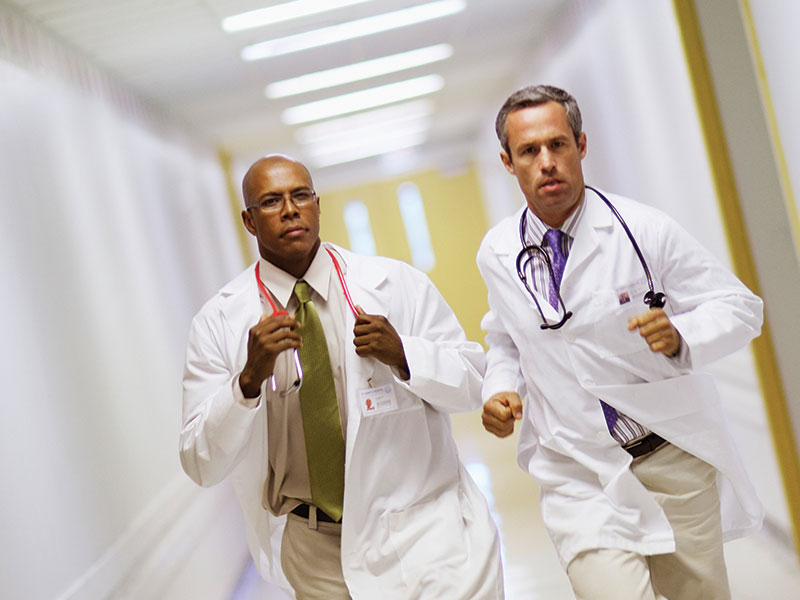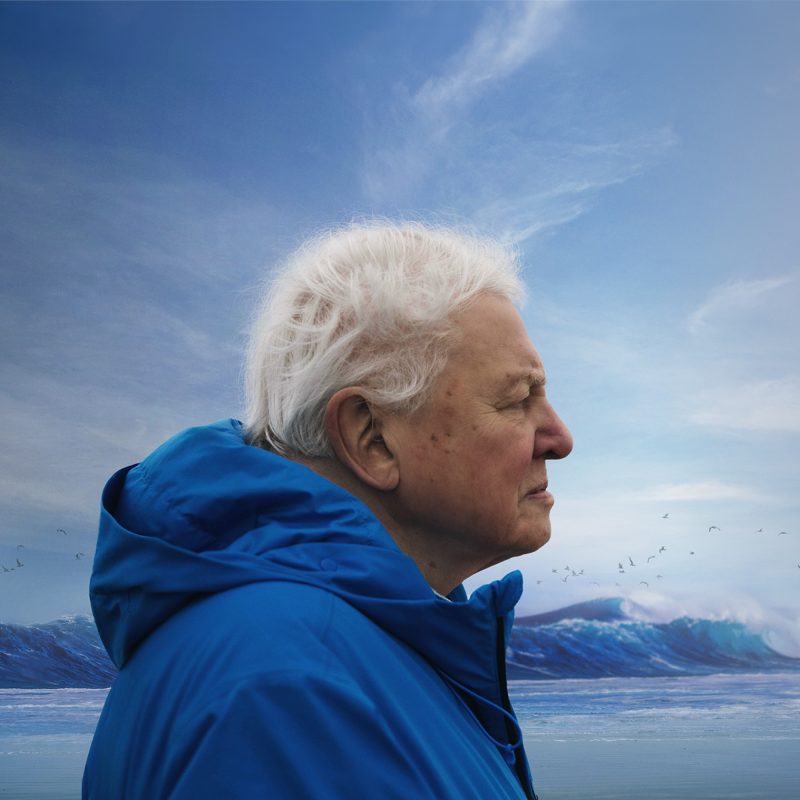description:
You’re a doctor 11 hours into your shift, and you’ve just walked into a waiting area packed with patients. There’s an elderly man complaining of mild chest pain, a teenage girl whose arms are swollen with bee stings, and an ambulance that is bringing in two unresponsive kids from a car crash. What do you do next?
episodes:
01. Triage in Emergency Medicine
Professor Tanton reminisces about his childhood home, where the pattern on the ceiling tiles inspired his career in mathematics. He unlocks the mystery of those tiles, demonstrating the power of visual thinking. Then he shows how similar patterns hold the key to astounding feats of mental calculation.
02. Emergency Medicine Means Thinking Fast
Dr. Benaroch takes you along with an ambulance crew to give you a three-dimensional understanding of emergency care as experienced by first responders. Topics covered in this lecture include the ABCs of a rapid scan, appropriate bystander response, and the rule of 9″ for estimating burn size.”
03. Emergency Medicine Means Thinking Again
Welcome to the night shift at an emergency department, where anything can happen. Through the patient cases in this lecture, you’ll get a deeper understanding of how emergency doctors think twice about a young man having a heart attack, a college student who is vomiting, and an elderly man who is having trouble walking.
04. The Story Is the Diagnosis
Discover how emergency doctors use OLD CAAAR: a simple mnemonic to accurately – and quickly – pinpoint the location and characteristics of a patient’s pains. Also, learn what happens when a doctor has to think fast and doesn’t have the time to ask each of the OLD CAAAR questions.
05. Hidden Clues in the Emergency Department
Take a closer look at three emergency department cases – a urinary tract infection, a broken leg, and a bellyache – with a twist. How were these diagnoses determined? Not through expensive tests or advanced imaging, but through paying attention to the story, even when it isn’t truthful.
06. Treat the Patient, Treat the Family
According to Dr. Benaroch, to best treat a patient, you sometimes have to treat the patient’s family. See this principle in action through a 16-year-old complaining of chronic bronchitis and a 60-year-old found unresponsive with low blood sugar – both of whom have families to help support a doctor’s efforts to diagnose and heal.
07. Chest Pain
This lecture focuses on patients with chest pain, which might be either a sign of a mild illness or an actual heart attack. Why is it so difficult to identify every serious cause of chest pain? What questions should doctors – and patients – ask? What’s the difference between myocarditis, pneumothorax, and other medically serious cases?
08. Treat the Cause, Not the Symptom
Definitive emergency care requires, first and foremost, a diagnosis. Visit a community emergency department that shares space with an urgent care center, and learn how patients like a 2-year-old with a persistent cough and a 49-year-old with a stuffy nose illustrate the importance of treating the cause – not the symptoms.
09. Who Needs the Emergency Department?
Not all emergency department patients need to be there. In this lecture, meet several pairs of patients – each with the same symptoms, but only one of whom would be best served in the emergency department. Then, get some general tips for you to consider the next time you’re contemplating going to the emergency department.
10. Altered Mental Status
How do you handle patients in altered mental states, suffering from unusual thoughts and behaviors? How do you figure out their story and make an accurate diagnosis? Discover how, in cases like these, doctors rely more than ever on signs and clues from a patient’s family and friends.
11. Simple Symptoms, Serious Illness
Discover why sometimes a quick patient history isn’t enough to help diagnose a problem. In addition to walking you through patient cases, Dr. Benaroch offers insights into fascinating tools that help doctors uncover serious illnesses hidden behind basic symptoms, including complete blood count tests and air contrast enemas.
12. In an Emergency, Protect Yourself First
Doctors are commanded to do no harm to their patients. What’s equally important is protecting themselves in those rare instances where a patient may do them harm. Get an inside look at how emergency doctors handle dangerous situations, including a patient acting violently and a patient suffering from a highly infectious disease.
13. Treating Insect and Animal Bites
Meet several emergency patients who’ve been bitten by various creatures, from snakes and spiders to ticks and raccoons. Along the way, you’ll learn how doctors treat allergic reactions to bites, how they treat wounds without accidentally injecting more venom into the body, and more.
14. The Missing Piece in an Emergency Diagnosis
Emergency department patients often aren’t ready to trust the doctors attending them, since they have just met. In this lecture, learn how doctors work with patients who aren’t completely forthcoming to build trust and coax out embarrassing – or seemingly irrelevant – details to arrive at the right diagnosis and get them the treatment they need.
15. Healthy Paranoia in Emergency Medicine
Emergency department doctors should always assume every patient has a life-threatening illness – even though only 10% to 20% actually do. How do doctors manage this healthy “paranoia”? And how do they prepare themselves and their patients for the worst outcome while planning for the best?
16. Fever: Friend or Foe
Are fevers your friend or your foe? In this lecture, learn the best clues to help distinguish between fevers that are signs of a viral infection and those that herald something much more serious. Then, learn some of the common triggers of fevers, as well as doctor-recommended treatments.
17. Always Treat Pain
Pain is a frequent chief complaint in emergency departments. This lecture brings you up close with patients suffering from acute and chronic pain, including the common complaint of back pain. These cases help you better understand everything from pain medications – and the dangers of overuse – to how pain affects the way the brain works.
18. An Ounce of Prevention
No one wants to go to an emergency department. While you can never protect yourself 100%, there are ways to help avoid having to make a trip there. Here, learn about the importance of cancer screenings, vaccinations, and taking medication. A little prevention, it turns out, makes a big difference.
19. The Big Picture in Emergency Medicine
A fever that’s actually a sign of a very dramatic, potentially deadly disease. Abdominal pain that’s not caused by illness or injury. Dr. Benaroch uses these and other eye-opening cases as a window into how doctors arrive at the big picture when a patient’s chief complaints fail to reveal the truth.
20. Is Exercise Good for Your Health?
This lecture’s cases illustrate how sports-related injuries are treated in emergency departments. You’ll encounter a softball player suffering from a concussion, a young boy’s dangerous eye injury from a haphazard game of lawn darts, a teen rescued from a near-drowning event, and a golfer’s stubborn poison ivy rash.
21. Stay Safe in the Emergency Department
Gain insights into tips and practices that emergency department doctors and patients should know to ensure their safety. Topics include the risks of conscious sedation (which is less safe than general anesthesia), the importance of knowing your allergies, and the dangers involved in handing off a patient to another provider.
22. Emergency Medicine for Travelers
Emergency department doctors have to stay especially vigilant when dealing with patients who have traveled abroad – especially in the developing world. Find out how they handle uncommon diseases and infections transmitted by mosquitoes, sexual activity, and more. Then, visit a ski clinic for a peek at some other travel-related emergencies.
23. Emergency Medicine Lessons from the Past
What was emergency medicine like in the 1800s? Go back in time to the American Civil War for a glimpse at how military doctors and surgeons treated wounds and combatted infection. Compare these injuries and treatments to those of the Boston Marathon bombing. Also, contrast the medical treatment given to President Garfield after he was shot with the treatment Reagan received after his attempted assassination.
24. Lessons from the Emergency Department
It’s time for your last shift in the emergency department. In this closing lecture, Dr. Benaroch uses several case studies to help you review the big-picture lessons of good emergency care you’ve learned throughout the course – lessons that have opened your eyes to the excitement and challenges of emergency medicine and that can help you take better care of yourself and your loved ones.
SIMILAR TITLES:
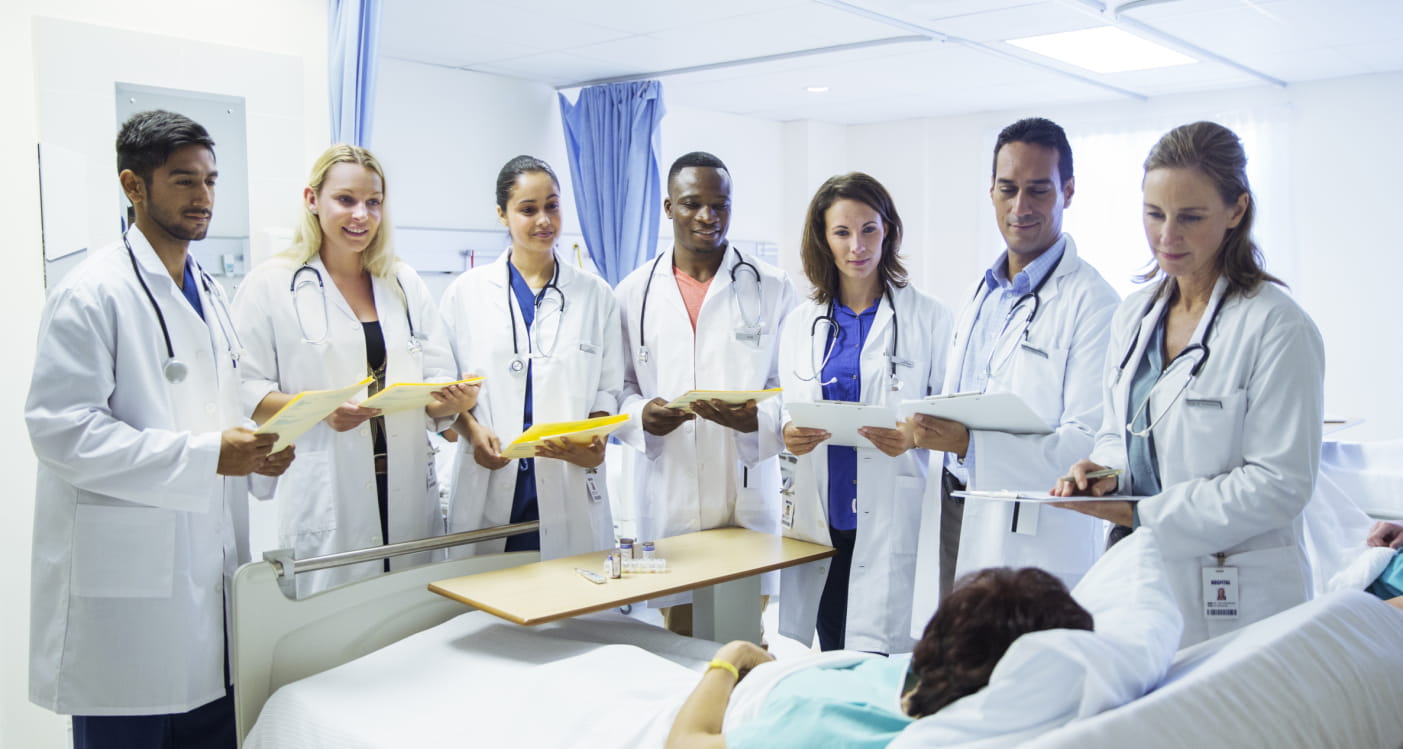 Medical School for Everyone: Grand Rounds Cases
Medical School for Everyone: Grand Rounds Cases
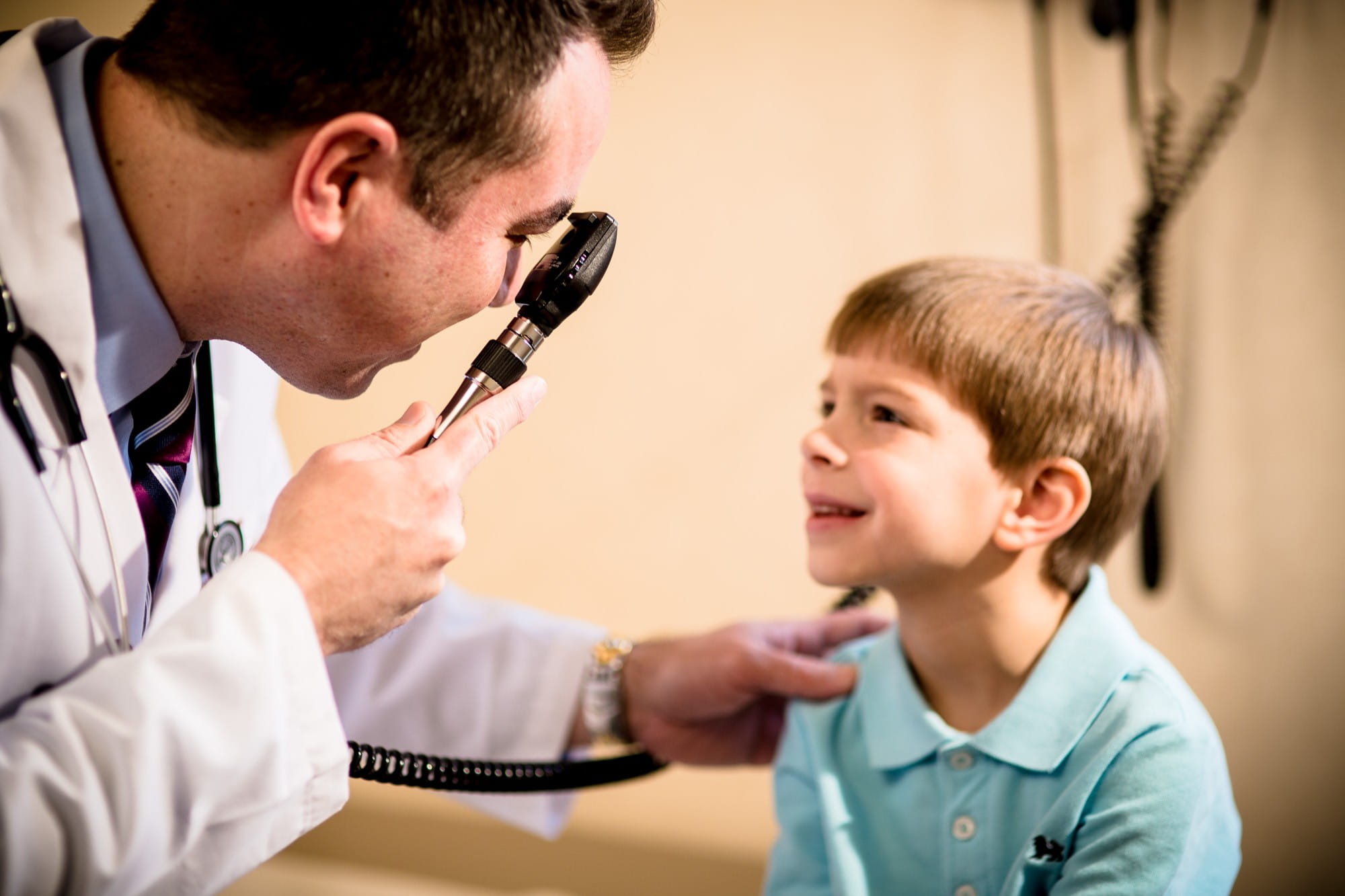 Medical School for Everyone: Pediatrics Grand Rounds
Medical School for Everyone: Pediatrics Grand Rounds
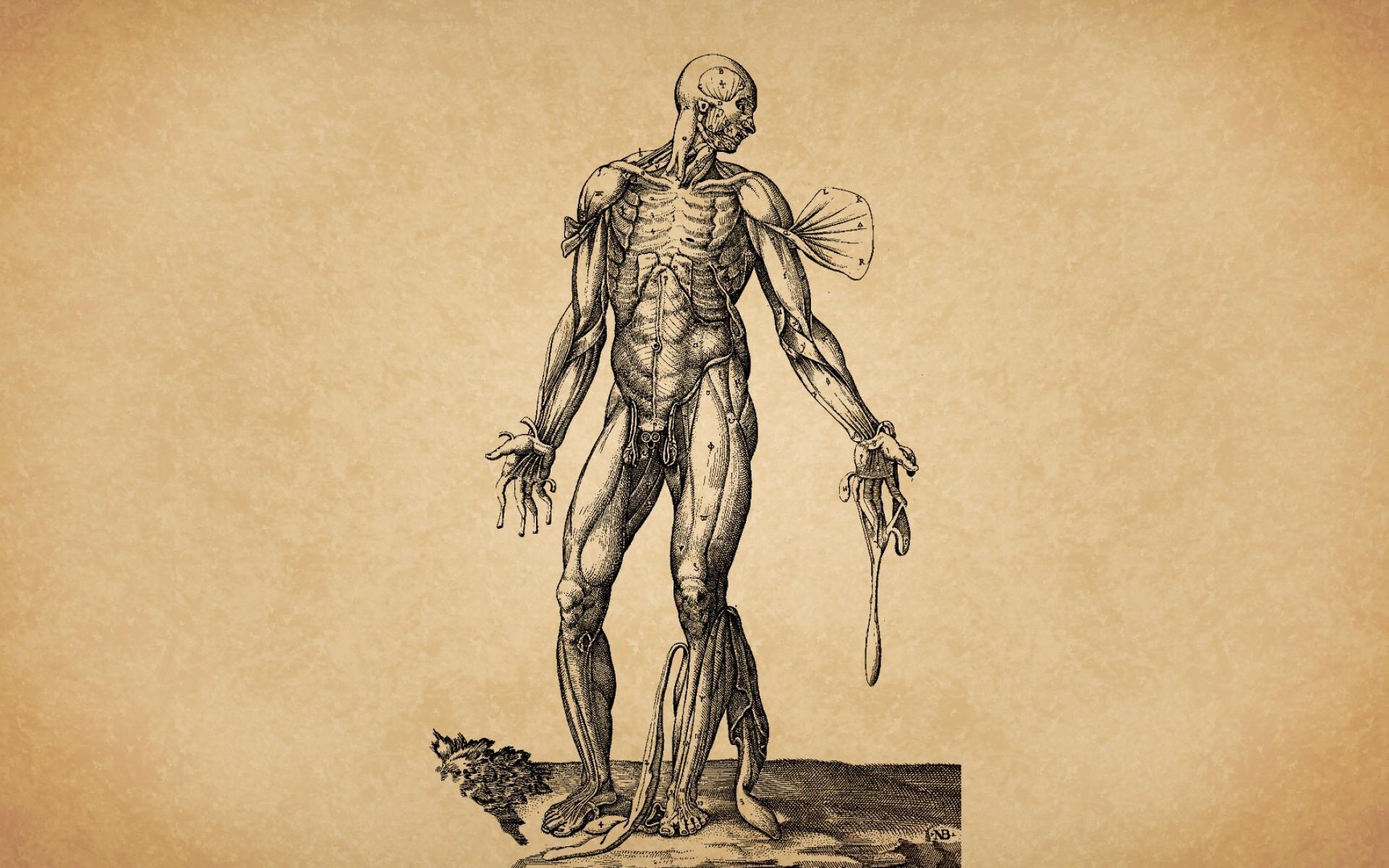 Understanding the Human Body: An Introduction to Anatomy and Physiology
Understanding the Human Body: An Introduction to Anatomy and Physiology
 History of Science: Antiquity to 1700
History of Science: Antiquity to 1700
 The Skeptic’s Guide to Health, Medicine, and the Media
The Skeptic’s Guide to Health, Medicine, and the Media
 Big History, The Big Bang, Life on Earth and the Rise of Humanity
Big History, The Big Bang, Life on Earth and the Rise of Humanity

